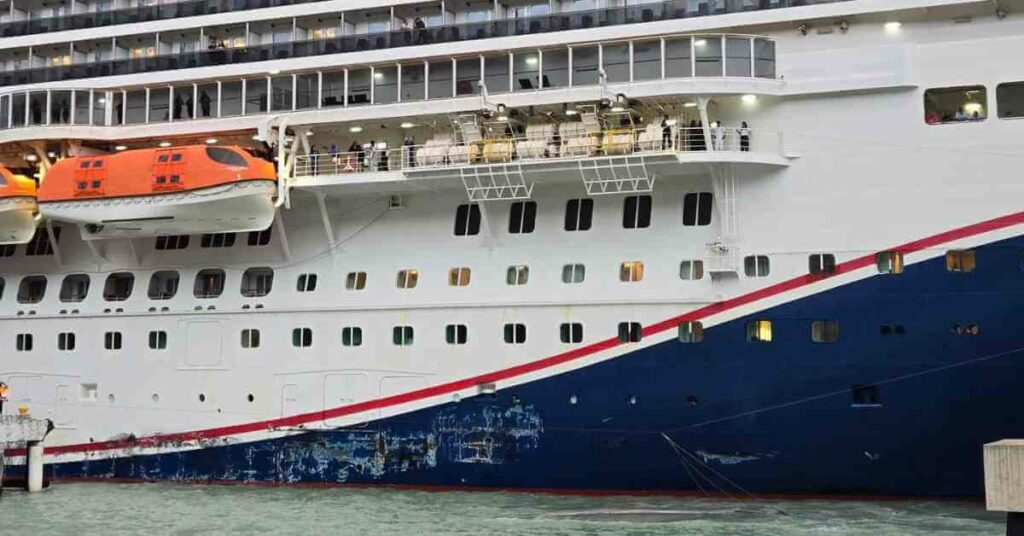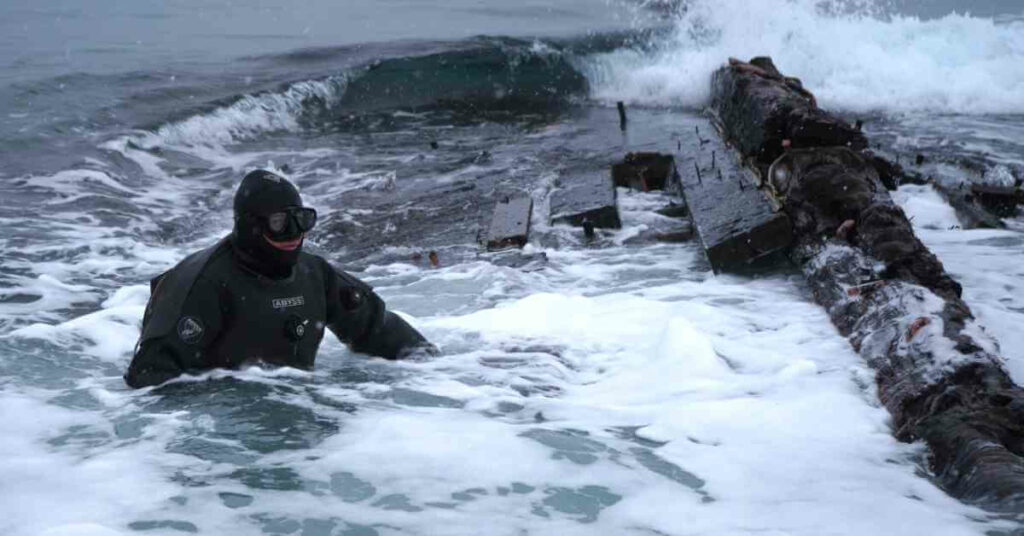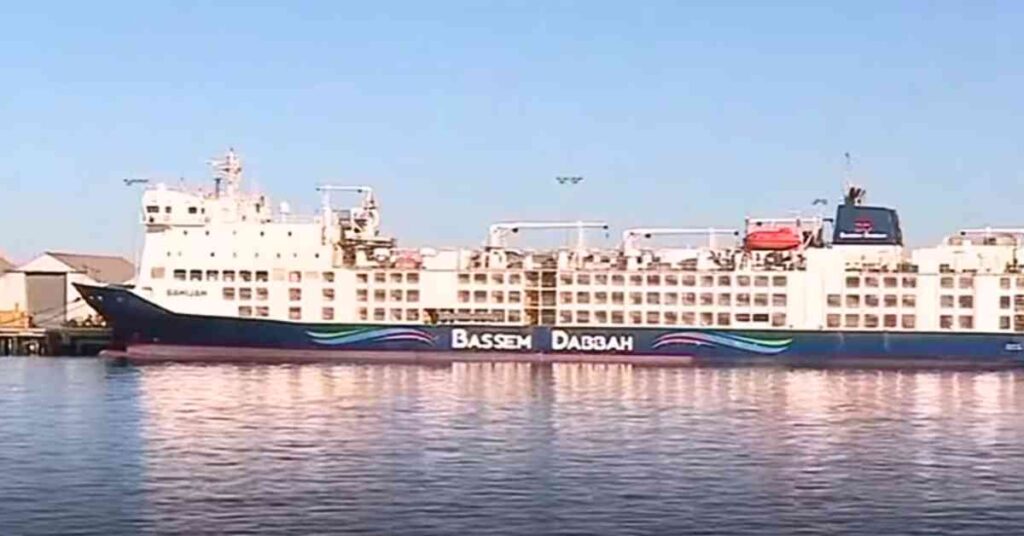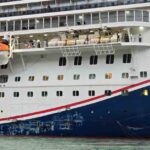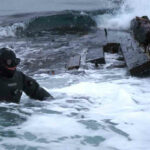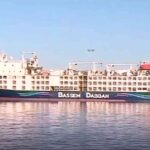World Famous FLIP Research Platform Heads to Scrapyard After 61 years
The sun has set on an engineering marvel, part of the Scripps Institution of Oceanography based at UC San Diego for about 60 years.
The Floating Instrument Platform (famous as the FLIP) is a baseball-shaped platform that the institution referred to as one of the most unique oceanographic research tools to have ever been invented. On Thursday, it was successfully towed to a recycling and dismantling facility.
Video Credits: Scripps Oceanography / YouTube
The end came after six long years following the last research voyage and three years after it was reportedly determined that the costs to renovate the FLIP were too high.
R/P FLIP existed for over half the length of the institution’s history, mentioned the director of Scripps Oceanography, Margaret Leinen. It was a great engineering marvel constructed in an essential era of advanced technology for ocean exploration following WWII. The multiple discoveries from the FLIP helped to set the stage for ongoing science to understand the oceans better.
FLIP‘s design aided in advancing the thorough understanding of ocean currents and acoustics, marine mammals, air and sea interactions, and so on. It inspired millions of school-aged children, appearing routinely in school textbooks used in schools across the U.S.
An experienced Scripps oceanographer by the name of Luc Lenain cited that FLIP’s excellent dynamic stability, attached booms, and flexibility it offered to scientists for deploying unique laboratory instrumentation in the field as tools revolutionized the very understanding of the coupling between the ocean as well as the atmosphere.
It played a vital role in advancing and validating new and next-gen observational tech, like instrumented and autonomous surface vehicles and radar, electro-optical-oriented crucial remote sensing of the surrounding – tools routinely used in various ocean field programs.
Introduced in June 1962, the R/P FLIP caught attention worldwide owing to its unique appearance and unusual capabilities to “flip” from a horizontal state to a vertical position while at sea.
FLIP also set the stage for thinking out of the box about what could be achieved with the help of technology to enable scientific discoveries, explained Eric Terrill, the director of the Scripps’ Marine Physical Laboratory.
It came to the world in an era of risk-taking, a spirit we strive to embrace even today and encourage in the coming generation of scientists.
To the scientists, the “flip” made itself a singular tool for researching the vast oceans. FLIP could manoeuvre to its vertical position by filling up the ballast tanks with water, allowing all except the top 55 feet of the 355-foot length to submerge in an ocean.
When oriented vertically, FLIP was supported below the motion of the waves, giving FLIP the singular capability of remaining almost motionless amid violent ocean swells. Such a unique characteristic, per the institution, facilitated transformational science with which it turned out to be synonymous.
Eventually, tugboats pushed FLIP away from the berth and out to the sea as dusk drew.
Coincidentally, the sub-Alvin, also a pioneer in ocean research, was at the Scripps’ Nimitz Marine Facility, reportedly stowed on its support vessel, the Woods.
Hole Oceanographic Institution research vessel, dubbed the Atlantis, which had docked.
Relevant officials from Scripps Oceanography have made necessary arrangements for one of the booms of FLIP, the crane-like arms of the platform that had research instruments, to be removed and attached to the Scripps Pier based in La Jolla.
It will be used for instruments the same way it did on FLIP while serving as a tribute to the research platform and as an inspiration for oceanographers who continue to contribute to the understanding of the ocean.
References: Scripps, Times of San Diego
Do you have info to share with us ? Suggest a correction
About Author
Marine Insight News Network is a premier source for up-to-date, comprehensive, and insightful coverage of the maritime industry. Dedicated to offering the latest news, trends, and analyses in shipping, marine technology, regulations, and global maritime affairs, Marine Insight News Network prides itself on delivering accurate, engaging, and relevant information.

About Author
Marine Insight News Network is a premier source for up-to-date, comprehensive, and insightful coverage of the maritime industry. Dedicated to offering the latest news, trends, and analyses in shipping, marine technology, regulations, and global maritime affairs, Marine Insight News Network prides itself on delivering accurate, engaging, and relevant information.
Latest Videos Articles You Would Like:
- Cruise Ship Damaged Due To Severe Weather, Passengers Stuck Abroad
- Archaeologists Examine 19th-Century Shipwreck Found On Canadian Coast
- Australia Stops Livestock Ship From Sailing Around Africa To Israel Amidst Houthi Attacks
- Iran Warns U.S. Of Targeting Cargo Ships Following Latest Airstrikes On Houthis
- Watch: Ukrainian Forces Destroy Russian Missile Boat In Black Sea Operation
- Two Dead After Tragic Collision Between Water Taxi And Passenger Ferry In the Philippines
Subscribe To Our Newsletters
By subscribing, you agree to our Privacy Policy and may receive occasional deal communications; you can unsubscribe anytime.



